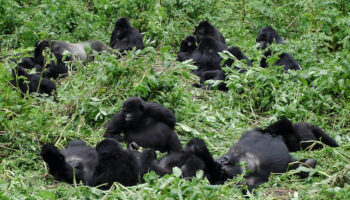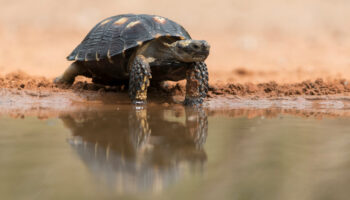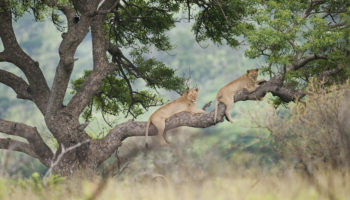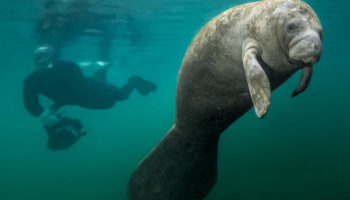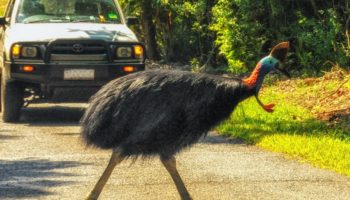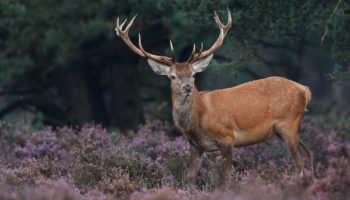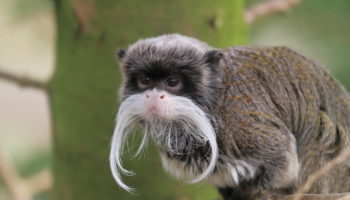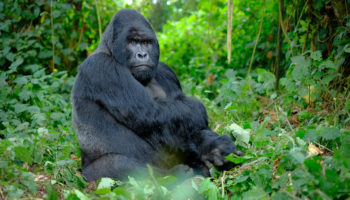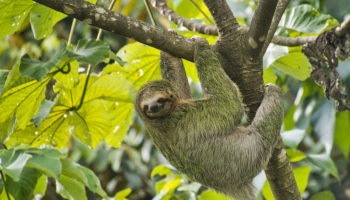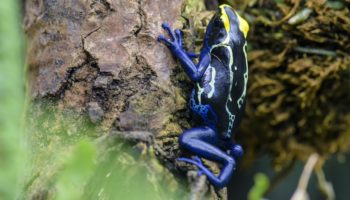Gorillas live in the wild in tropical and subtropical areas of Africa. These incredible primates are the largest of all the ape species, known for peculiar behaviors like chest beating… Continue Reading
All 39 Different Types of Tortoises
Tortoises are a group of exclusively terrestrial reptiles that are native to every continent apart from Australia and Antarctica. All tortoises belong to the order Testudines or Chelonia, making them… Continue Reading
23 Animals that Live in the Savanna of Africa
The African Savanna is a large grassland habitat found across central and southeastern Africa. In fact, the Savanna is so big that it touches 27 countries! The climate is warm… Continue Reading
12 Largest Mammals in the World
The planet is riddled with mammals. This large group is made up of more than 6,000 highly divergent species. There are mammals large and small, from the tiny bumblebee bat to… Continue Reading
12 Largest Birds in the World
There are nearly 10,000 bird species on Earth. These warm-blooded vertebrates come in an array of colors, sizes, and weights! They diverged from reptiles up to 200 million years ago,… Continue Reading
28 Different Types of Deer around the World
Deer are hoofed ruminants that spend a large part of their time grazing on grasses. They are native to most of the world, apart from Australia and Antarctica, and have… Continue Reading
All 19 Different Types of New World Monkeys
The term New World monkeys is used to refer to all of the extant primates that live in the Americas, contrary to Old World monkeys that are primates found across… Continue Reading
All 5 Different Types of Gorillas in Africa
Gorillas are the biggest of all the great ape species. They live in tropical and sub-tropical areas of Africa. They’re not so different to you or I – they share… Continue Reading
All 6 Different Types of Sloths in the Americas
Famous for their slowness of movement, sloths have a low-calorie diet that mostly consists of leaves. Because there is so little nutrition in the leaves they munch on, they have… Continue Reading
35 Animals that Live in the Amazon Rainforest
The Amazon Rainforest is a rich, dense, tropical rainforest found in South America. It stretches from the Atlantic Ocean to the Andes Mountains and from the Guiana highlands in the… Continue Reading

